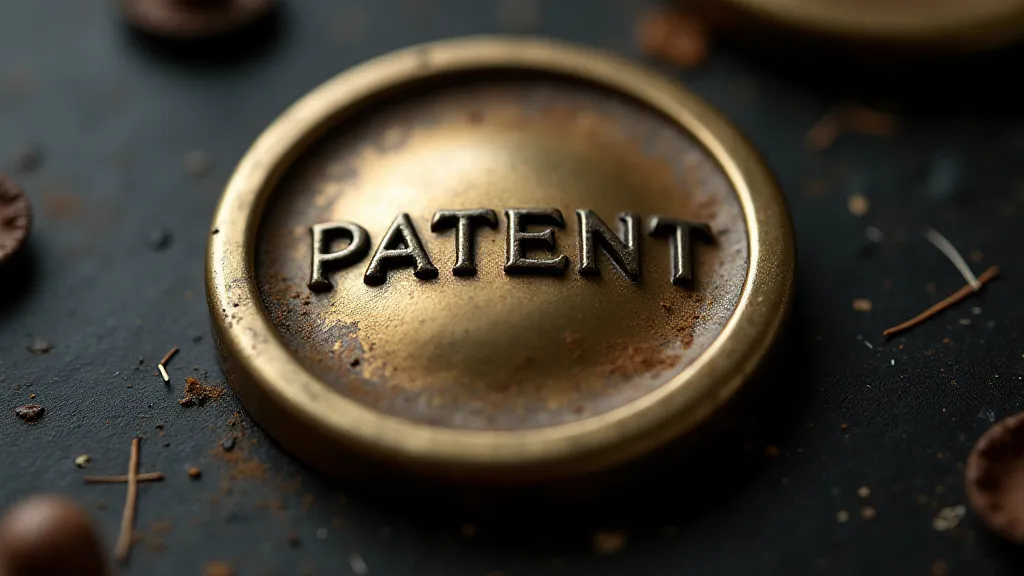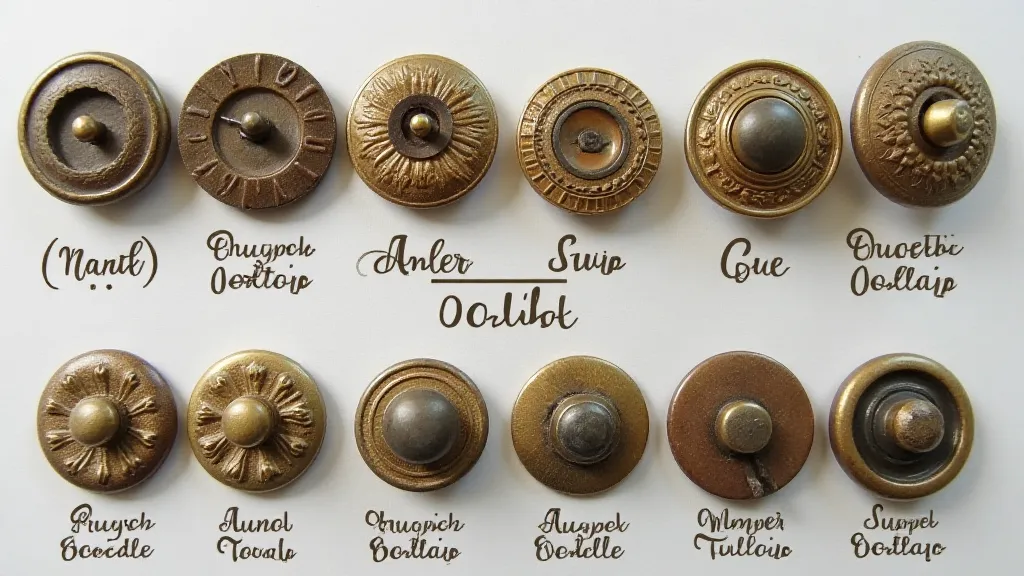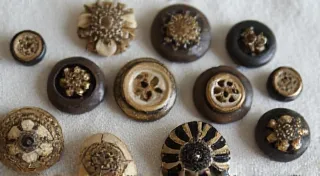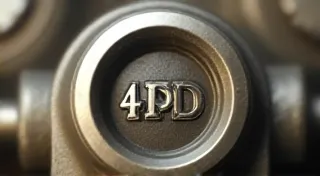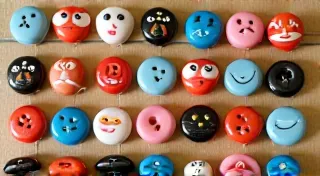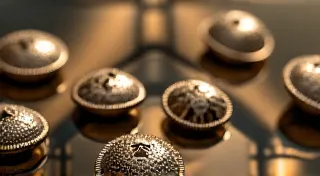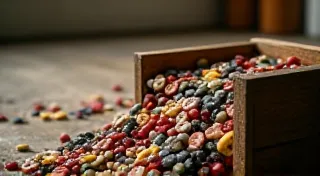Hallmarked Buttons: A Guide to Identifying Makers and Designs
Understanding hallmarks on antique buttons is a crucial skill for serious button collectors. These tiny marks, often barely visible to the naked eye, hold a wealth of information about the button's origin, manufacturer, and sometimes even the era it was produced. This guide will walk you through the basics of identifying hallmark buttons, offering insights into their significance for both identification and valuation.
What are Hallmarks?
Hallmarks are identifying marks stamped or impressed onto buttons, typically by the manufacturer. They serve as a signature, verifying the maker and potentially indicating the quality of materials used. While the term "hallmark" is often associated with silver and gold, it applies to other metals used in button manufacturing, such as brass, steel, and glass.
Why are Hallmarks Important?
- Identification: Hallmarks are vital for pinpointing the button's manufacturer. This information helps distinguish similar-looking buttons from different makers.
- Valuation: Buttons from well-known or highly-regarded manufacturers often command higher prices. A hallmark can significantly increase a button's value.
- Historical Context: The presence of a particular hallmark can sometimes offer clues about the era the button was produced, as manufacturers changed their marks over time.
Common Types of Hallmarks
Hallmarks vary greatly, but here are some common types you might encounter:
- Maker's Marks: These are the most straightforward. They are the manufacturer's name or abbreviation. For example, you might find "W.F. Bastian," "Stokes & Sons," or a similar mark.
- Patent Numbers: Some manufacturers patented their button-making processes. Patent numbers stamped on buttons provide valuable information about their design and production date.
- Design Numbers: Similar to patent numbers, design numbers identified a particular button style.
- Quality Marks: Less common, but some manufacturers used marks to denote quality or material.
- Composition Marks: Occasionally, you might find marks indicating the button's metal composition (e.g., "Brass," "Steel").
Identifying Hallmarks: Tips and Resources
Identifying hallmarks can be challenging. Here are a few tips to help:
- Magnification: A jeweler’s loupe or a magnifying glass is essential for seeing the tiny marks.
- Lighting: Good lighting can help reveal faint or obscured hallmarks.
- Research: Consult reference books and online resources dedicated to button manufacturers and their hallmarks. (See "Resources" below).
- Comparison: Compare the mark to known examples in reference materials.
- Pattern Recognition: Over time, you’ll begin to recognize common manufacturer’s marks.
Challenges in Hallmark Identification
- Wear and Tear: Over time, hallmarks can become worn and difficult to read.
- Obscuration: Dirt, corrosion, or coatings can obscure the mark.
- Similar Marks: Some manufacturers used similar marks, making it difficult to distinguish between them.
- Counterfeits: Unfortunately, some counterfeit buttons bear false hallmarks to deceive collectors.
Resources for Button Collectors
Several resources can assist you in identifying hallmark buttons:
- Button Collector's Clubs: Local and national button collector's clubs offer valuable knowledge and expertise.
- Reference Books: Look for comprehensive reference books on antique button manufacturers and their marks.
- Online Forums and Websites: Many online forums and websites are dedicated to button collecting, where you can seek advice from experienced collectors.
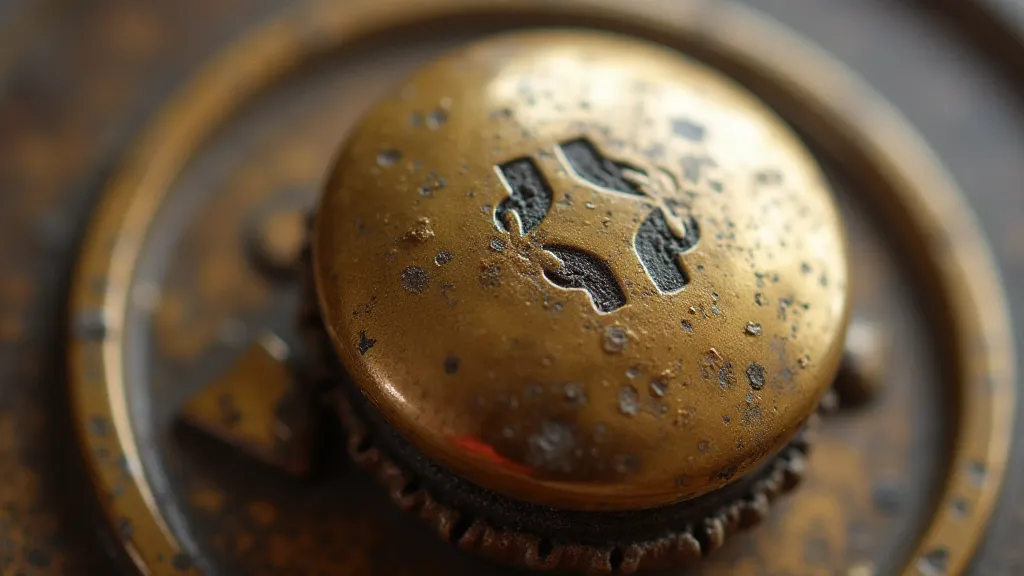
Conclusion
Mastering the art of identifying hallmark buttons requires patience, observation, and research. However, the rewards are significant – a deeper understanding of button history, the ability to accurately identify and value your collection, and the satisfaction of unraveling the stories behind these small but fascinating objects. With practice and the resources mentioned above, you'll be well on your way to becoming a confident hallmark button identifier.
